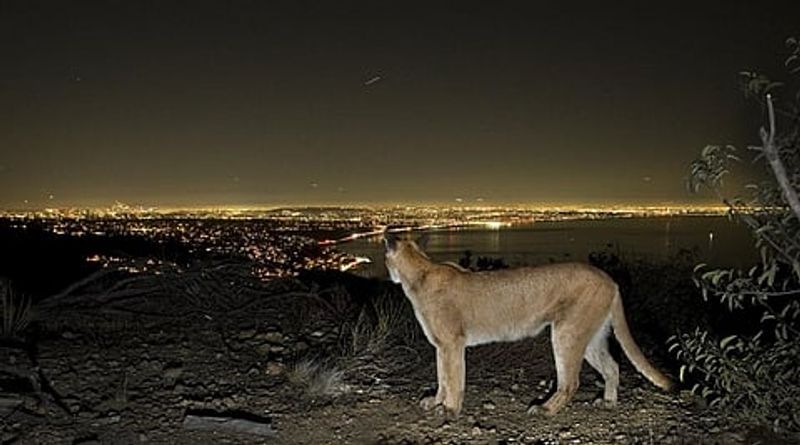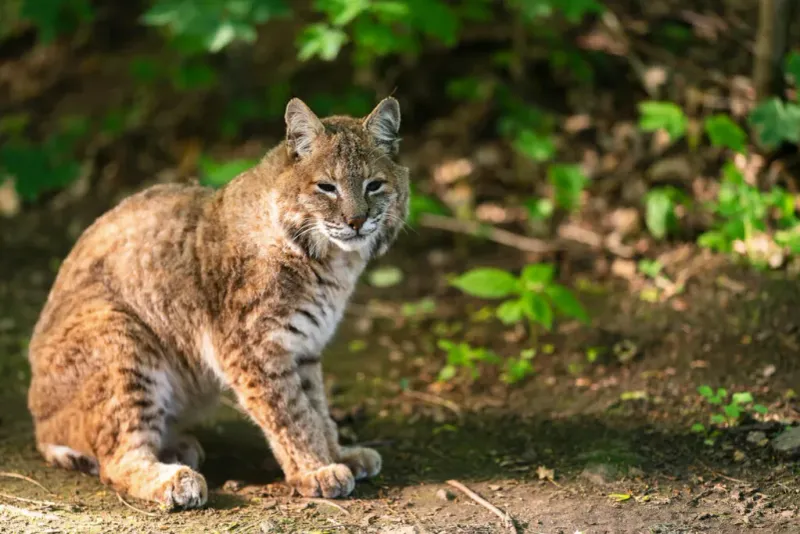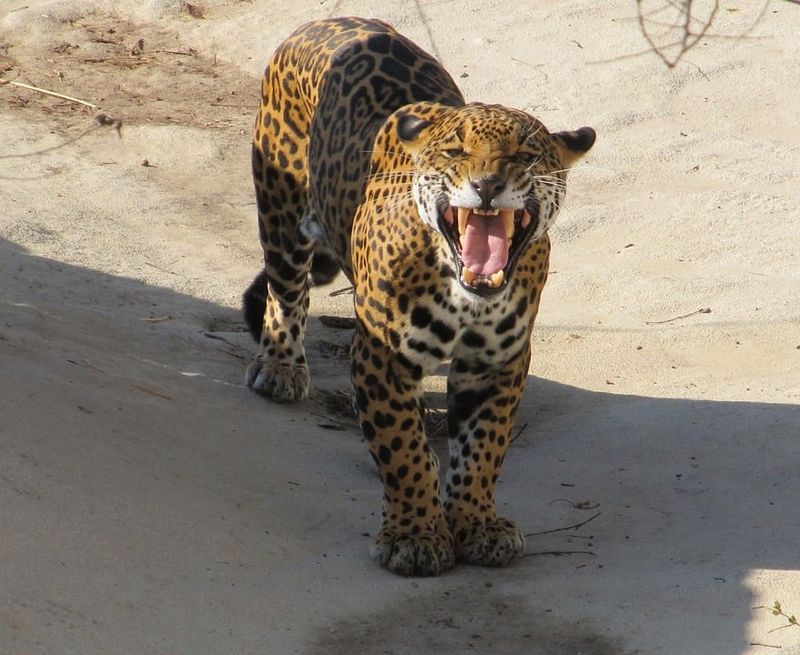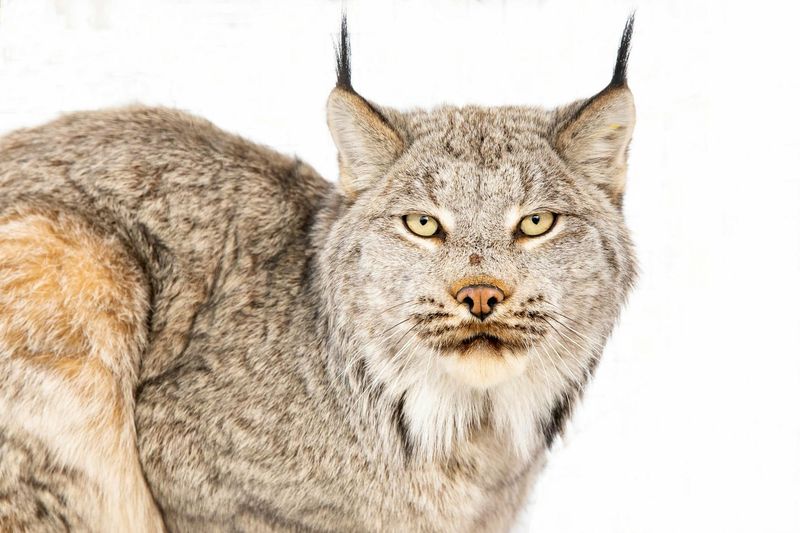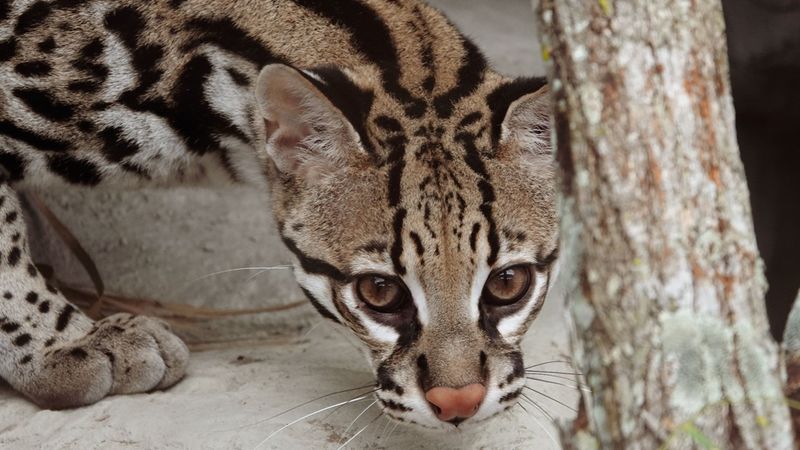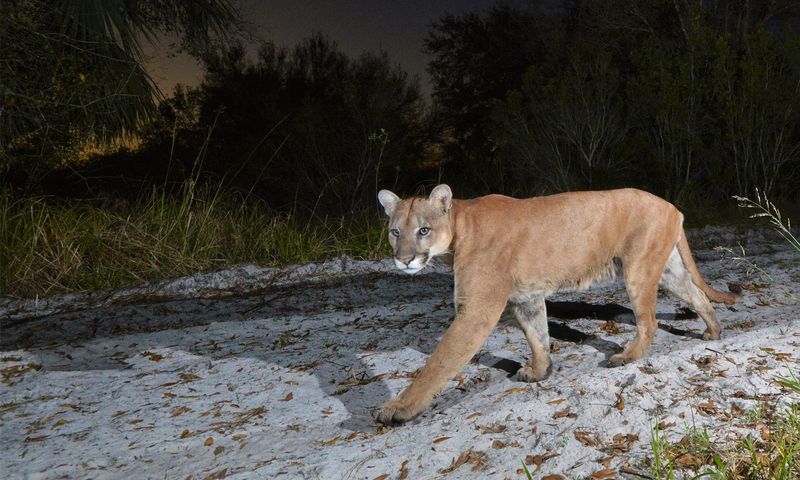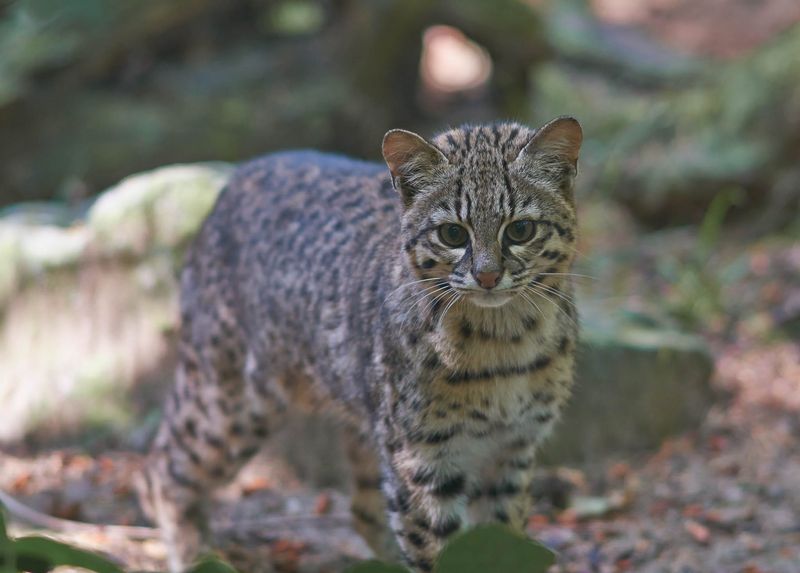📖 Table of Content:
The wild landscapes of the United States are home to a surprising variety of big cats—some native, some reintroduced, and others kept in captivity with the potential to escape. While these majestic predators are essential to the ecosystems they inhabit, their powerful presence can also lead to dangerous encounters with humans. As urban development increasingly encroaches on their habitats, interactions between people and big cats are more common than ever before.
Though most of these animals are elusive and tend to avoid human contact, there have been documented cases of attacks—some fatal—throughout U.S. history. These incidents typically occur when humans unknowingly wander into a cat’s territory, when the animals are sick or starving, or when captive exotic species escape confinement. Understanding which species pose a greater risk, and why, can help promote safer coexistence while respecting the critical role these predators play in nature.
This article explores nine big cat species associated with human attacks in the U.S., spanning from native mountain lions and bobcats to exotic tigers and lions occasionally found in captivity. Each animal presents unique risks and patterns of behavior that influence their interactions with people.
1. Mountain Lion (Cougar / Puma / Panther)
Roaming vast stretches of western North America, the mountain lion is the most notorious native big cat linked to attacks on humans. These powerful predators are solitary and elusive, preferring to avoid human contact whenever possible. However, as housing developments expand into mountainous and forested regions, the frequency of encounters has gradually increased. Most attacks occur when the animal feels cornered, perceives small children as prey, or is suffering from disease or starvation. California and Colorado report the highest numbers of documented incidents, including several fatal ones over the past few decades. Conservation efforts have helped the mountain lion population rebound, but this also means greater overlap with human territory. While statistically rare, attacks by mountain lions are often sudden and intense, underscoring the importance of awareness when hiking or camping in their range.
2. Bobcat
Often underestimated due to their smaller size, bobcats are among the most widespread wild cats in the United States. Despite weighing only 15 to 35 pounds on average, they are agile and strong, capable of defending themselves fiercely if provoked. Human attacks are extremely uncommon, but they have been reported, particularly in cases where a bobcat was infected with rabies. Most of these incidents involve scratches or bites, typically when someone attempts to rescue or restrain the animal. Bobcats generally hunt rabbits and small rodents, and their shy demeanor keeps them far from populated areas. Nonetheless, their adaptability means they sometimes venture into suburban neighborhoods, where pets or backyard livestock may attract them. Maintaining a respectful distance and not feeding wildlife are crucial steps to preventing dangerous encounters with these cats.
3. Jaguar
Believed to be extirpated from much of their historical U.S. range, jaguars still occasionally make appearances in southern Arizona and New Mexico. These elusive and powerful cats are more commonly associated with Central and South America, but a few males have been spotted crossing into U.S. territory from Mexico. Although no verified attacks on humans have occurred in the U.S. in recent history, their strength and predatory instincts certainly pose a potential risk. Jaguars have been known to take down large prey like deer and even caimans in their native range, using their famously strong jaws. In regions where they do reappear, conservationists monitor them closely to track their movements and avoid human-wildlife conflict. Their reemergence has sparked debate about rewilding and predator management in the Southwest. Given their reclusive nature, an attack would likely only occur if the jaguar were surprised or threatened.
4. Lynx (Canada Lynx)
Existing quietly in the northernmost forests of the U.S., the Canada lynx is an elusive, snow-loving feline with large paws and a thick winter coat. These cats primarily live in remote regions such as northern Maine, Montana, and parts of the Rockies. Because of their preference for dense, snowy wilderness and their diet of snowshoe hares, they rarely come into contact with humans. There are almost no recorded attacks involving this species, though it remains a theoretical possibility if a lynx is sick or protecting its young. They are incredibly shy and tend to retreat from threats rather than confront them. However, habitat loss and climate change could alter their behavior patterns in the future, potentially bringing them closer to human settlements. While lynx are fascinating to observe from a distance, they are best appreciated with binoculars rather than close encounters.
5. Ocelot
Hidden in the thorn scrub and subtropical woodlands of southern Texas, ocelots are among the rarest wild cats in the U.S. These beautifully patterned, medium-sized cats were once more widespread but now number fewer than 100 individuals in the country. Ocelots are nocturnal and solitary, hunting mainly small mammals and birds. Human attacks are virtually nonexistent, though the possibility exists in captivity or in extreme defensive situations. Some people mistakenly try to keep ocelots as exotic pets, which can lead to aggression and bites when the animal matures. Their fragile population makes conservation efforts a high priority, particularly against threats like roadkill and habitat fragmentation. Given their small size and secretive habits, ocelots present little to no danger to the average person but are nonetheless a part of the broader wild cat story in America.
6. Florida Panther
Dwelling in the swampy wilderness of southern Florida, the Florida panther is a critically endangered subspecies of the mountain lion. Though genetically similar, these panthers have adapted to the hot, humid conditions of the Everglades and surrounding forests. Like their western cousins, they are known to be territorial and stealthy, with rare but potential capacity for attacking humans. Most sightings result in the animal quickly retreating, and no confirmed fatal attacks have been recorded in modern times. Still, panthers have occasionally displayed boldness around residential areas, prompting warnings to pet owners and hikers. As urbanization and vehicle collisions threaten their numbers, Florida panthers are increasingly pushed into marginal habitats. Education and protective laws have reduced conflict risk, but humans must remain vigilant when in panther territory.
7. Geoffroy’s Cat
Lurking in the world of exotic pet ownership, Geoffroy’s cat is a small, spotted feline native to South America that occasionally finds its way into private homes in the U.S. Known for their wild instincts and beautiful leopard-like coats, these cats weigh only 4 to 11 pounds but are surprisingly feisty and difficult to tame. Though not dangerous in the same league as mountain lions or tigers, Geoffroy’s cats have been involved in biting incidents, particularly when kept as exotic pets and treated like domestic animals. Their solitary and territorial nature means they don’t tolerate handling well, and stress or confinement can trigger aggressive behavior. Some hybrid breeds, like the Safari cat (Geoffroy’s cat crossed with a domestic cat), have inherited similar wild traits that make them unpredictable in a household setting. Legal in some states with permits, their presence raises ethical and safety questions about the private ownership of wild animals. While a Geoffroy’s cat is unlikely to kill a human, it can certainly injure one, especially a child or unsuspecting handler.

